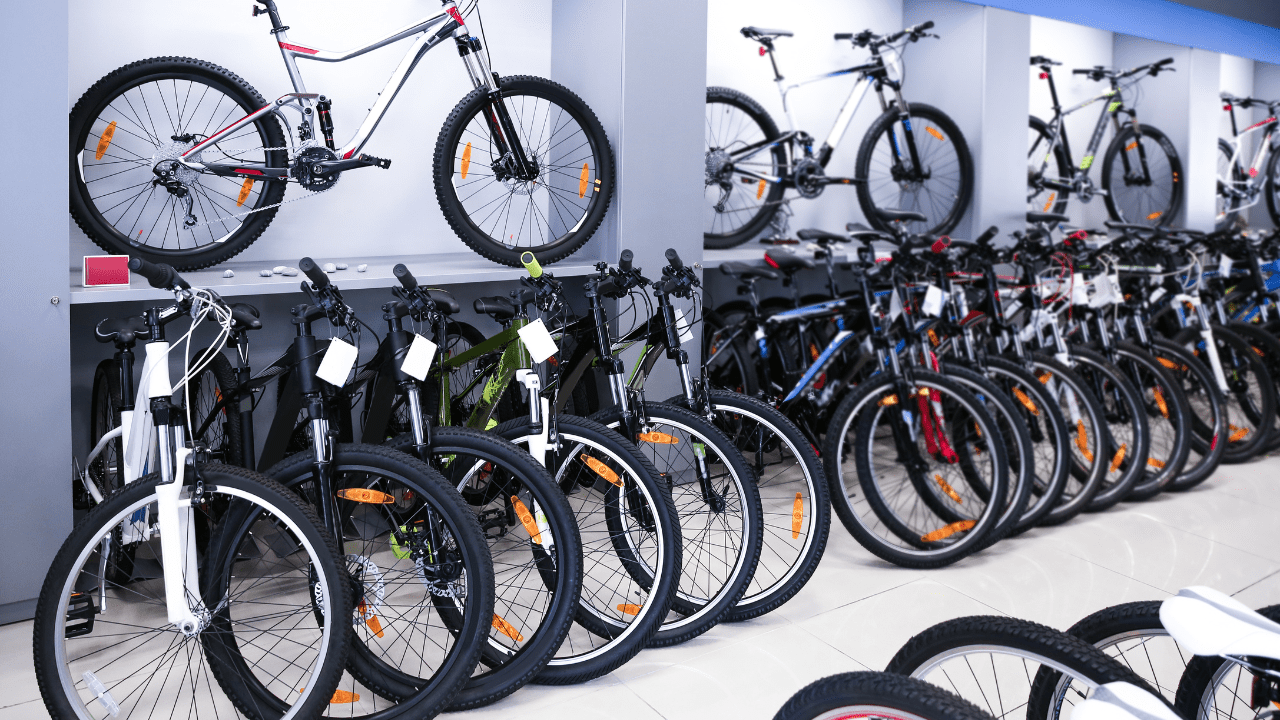Want to buy a bike but don’t know what kind to get? We’ll help you figure out which bike will work best for you.
So, you’ve decided to go ride your bike. You’re eager, motivated, and determined, but the old bike in the shed that you haven’t ridden in years is worn out, rusty, and about to break. Or maybe you’ve never had a bike before and don’t know anything about them. Either way, you need wheels, but there are so many different kinds of bikes out there now, each with its own purpose and set of features, that it can be hard to choose.
Before you go out and buy any old bike, you should first figure out what kind of riding you’ll be doing most of the time. Is it a short walk to the stores? A 10-mile trip through a crowded city? Are you going to ride your bike along a canal path in the country on the weekend? You might have been inspired by the Tour de France to train for a sportive, or you might want to try an off-road challenge on some forest paths and routes. If you do this right, you’ll have a much better time riding and be safer, more physically efficient, and even save money.
When buying a bike, as with most things, it’s important to remember that you get what you pay for.
When buying a bike, as with most things, it’s important to remember that you get what you pay for. You will have a set budget, but my advice is to buy the best you can afford. This will be a much better investment. The parts will be of better quality, they will last longer, and the ride will be more enjoyable.
Okay, now that you know where you’ll be pedalling most, let’s take a closer look at some of the most popular types of bikes and the types of terrain and riding styles that work best with them.
A Road Bikes
As their names suggest, these bikes are best for riding on the road. They are built for speed and are lighter than most other bikes. Most of them have a wide range of gears that work well on both flat and hilly terrain. They also have traditional “racing” drop handlebars and narrow, lighter tyres. They are good for riding to work and for longer rides on the road.
Do your research and think about a frame that is less “aggressive” and more “relaxed.”
In the last few years, bikes with much more relaxed geometry have been added to the road bike market. These bikes make riding much more comfortable. If you want a road bike but are new to the sport, I would suggest doing some research and thinking about a frame that is less “aggressive” and more “relaxed.” This means that a skilled rider’s body position on a road bike is usually very low in the front, which could cause back problems if it is done without thought. Your local bike shop can tell you more about this and show you the different types of frames.
Mountain Bikes (MTB)
Mountain Bikes (MTB) Most of these bikes are heavier than road bikes, and most now come with some kind of suspension system that makes riding on rough terrain more comfortable and stable. The gear ratios are very wide, so you can ride slowly over even the most difficult terrain. They look much rougher, and their tyres are wider and have bumps on them to give them more grip. They work best on off-road tracks, but if you change the tyres, you can also use them fairly well on paved roads.
Hybrid Bikes
As the name suggests, these bikes are a mix between an MTB and a road bike. You sit in a position similar to that of an MTB, which makes it more comfortable for people who aren’t used to the more aggressive position of a road bike. Most of the time, the wheels are the same size as those on a road bike, but the tyres are between those of a road bike and a mountain bike. They offer the comfort of an MTB with better rolling resistance. They are good for commuting, riding around town, riding on bike paths or tracks, and some off-road riding.
City Bikes
These traditional upright “shopper” bikes are great for short trips to work or trips into town that are mostly flat. Most of the time, they have less gears than other bikes, but they are made for comfort instead of speed. Many of them have fenders, lights, and racks, so they are perfect for getting around town.
A Fit Bike
Make sure the bike you buy fits you. This seems obvious, but we see a lot of people riding bikes that are too big or too small for them. It’s not comfortable, doesn’t work well, and can be dangerous, which makes the whole ride worse. The staff at your local bike shop will be able to help you find the right size. In fact, “bike fitting” has become its own business because more and more riders want to find the best position for them.
Essential Extras
As well as the bike itself, it would be best to buy a basic set of tools and spare parts, just enough to make simple repairs on the road or do some maintenance at home. It won’t cost a lot of money, but it will save you a lot of trouble, like having to call your family to come pick you up on the side of the road.
This kit should have a pump, tyres levers, spare inner tubes, patches, a bike lock, and a simple multi-tool. Don’t forget a good set of lights if you’re riding when it’s dark or not very bright.









Comments are closed.